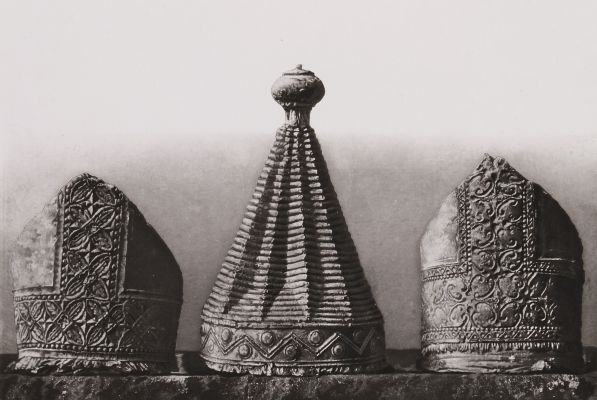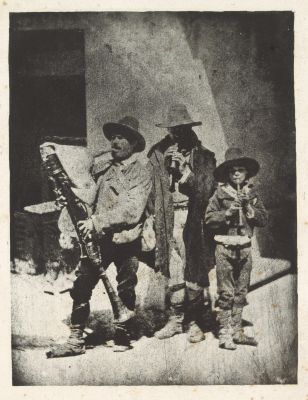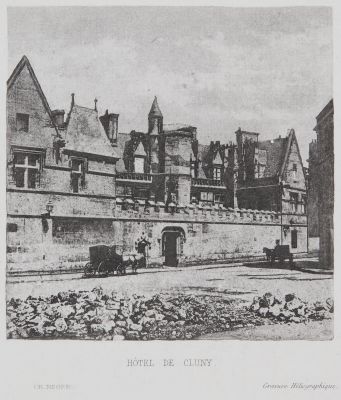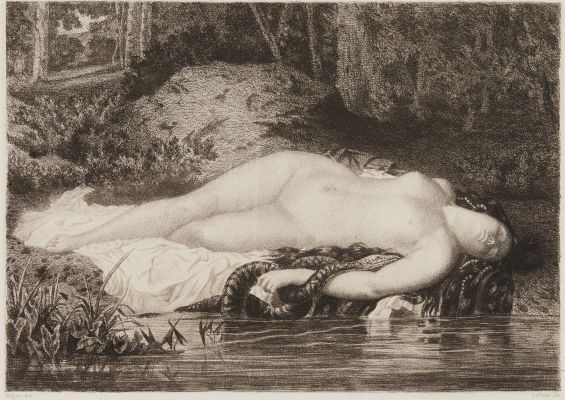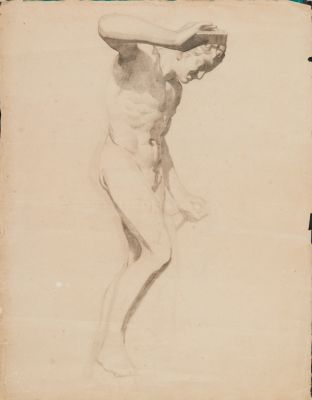
Title
Portail de Saint-Trophime d’ArlesArtist
Nègre, Charles (French, 1820-1880)Key FigureDate
1854Process
Photogravure (heliogravure)Atelier
Charles NègreImage Size
25.5 x 21cmSheet Size
44 x 35 cm
L’Illustration, Journal Universel described Négre as one of the most fervent and ingenious workers in the new photo-mechanical process and praised the subtlety of details, the tonal vigour, and the transparency of the middle tones of his photographs. Examples of his photogravure prints were exhibited publicly for the first time at the Paris Exposition Universelle in 1855, where he was awarded a first-class medal (with a diploma designed by Ingres). The jury also praised Nègre’s work: "That which is most rearkable in his exhibition are the photogravures. The largest, the portal of Saint-Trophime of Aries placed beside the original salt print, is in no way inferior in its effect, although it is a little less subtle because of its aquatint grain…." In his book on the exhibition Esquisses Photographiques (Paris, 1856), Ernest Lacan claimed that Negre was the first to compose his photographs as though they were paintings, and that he was able to translate an artist’s thoughts by means of the photograph as successfully as he did on canvas. [1]
Reproduced / Exhibited
Borcoman, James. 19th-century French Photographs. Ottawa: National Gallery of Canada, 2010. fig. 48.3 (salted paper)
Heilbrun, Françoise. Charles Nègre, Photographe: 1820-1880 ; Arles, Musée Réattu, 5.7. – 17.8.1980. Paris: Éd. des musées nationaux, 1980. no. 68. (salted paper)
Borcoman, James, and Charles Nègre. Charles Nègre. Ottawa: National Gallery of Canada for the National Museums of Canada, 1976. Fig. 127.
D’encre Et De Charbon: Le Concours Photographique Du Duc De Luynes 1856-1867. Paris: BibliotheÌque nationale, 1994 No. 17
References
Borcoman, James, and Charles Nègre. Charles Nègre. Ottawa: National Gallery of Canada for the National Museums of Canada, 1976. p. 42
La Lumière: Revue De La Photographie: Beaux-Arts, Heliographie, Sciences. Paris, 1851.
Lewis, Jacob W. Charles Nègre in Pursuit of the Photographic, 2012.
Photography in Print : From the Photogravure to the Photobook, Bernard Quaritch ltd, Catalogue 1394.

